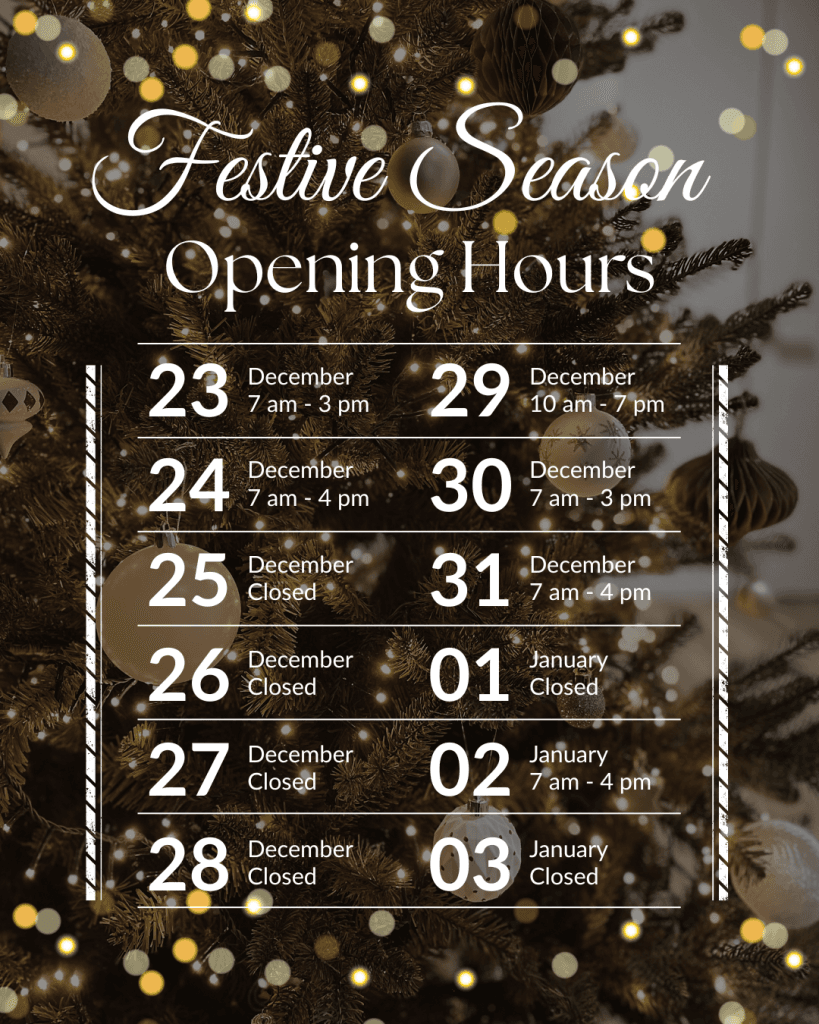[vc_row][vc_column][vc_column_text]It’s no secret that hamstring injuries are one of the most prevalent sporting injuries. Whether you’re the next Usain Bolt or just the average gym goer, a hamstring injury can have a massive impact on your daily life. Here are some of my top tips to avoid a hamstring injury this winter.
1. Warm up and cool down appropriately
A good warm-up should include 5-10 minutes of light aerobic exercise to increase heart rate and blood flow to your muscles. This can include brisk walking, jump-rope, jumping jacks, pedalling on a bike, the dreaded “stairmaster” and more. Your warm-up should also include dynamic stretching such as leg swings.
Your cool-down should focus on bringing the heart rate down through some light aerobic exercise, static stretching and flushing out tight muscles on the muscle roller.
2. Ensure your training program includes regular exposure to high speed running
It is important to expose your hamstrings to a variety of stimulus including sprinting so that it can build up tolerance to high velocity contractions. You should aim to hit maximum velocity at least 2x/week. A rough guideline to aim for with your sprinting sessions should be a total distance of 300-500m broken down into 30-50m intervals.
It is also important to make sure you are using proper running mechanics to avoid overloading the tendons. Some of the common errors are over-striding and excess movement of the pelvis which places the hamstrings in a lengthened position.
3. Have a well-rounded training program
It is important to strengthen your hamstrings in a variety of ways to expose it to different stimuli. These include :
%1. Eccentric exercises
This is where the force applied to the muscle is greater than the force the muscle can generate resulting in controlled lengthening of the muscle. An example of this is Nordics.
%1. Concentric exercises
This is where the muscle shortens whilst force is applied. These include but are not limited to: seated or lying hamstring curls and deadlifts
%1. Isometric exercises
This is where the muscle generates force but does not change in length. An example of this is a hamstring bridge hold
- Low velocity/speed
This is a slow and controlled exercise movement and can be applied to any exercise such as a Romanian deadlift or Nordics
%1. High velocity/speed
This is a rapid contraction of the muscle and can include sprinting, deadlift drop and catches, glute-hamstring drop and catches or long lever hamstring switches
%1. Joint dominance
The hamstrings cross over two joints so it is important to choose exercises that use the hip as the primary mover and exercises that use the knee as the primary mover. Some hip-dominant exercises include Romanian deadlifts, glute-hamstring developers and hyperextensions. Some examples of knee-dominant exercises include hamstring curls and nordics
4. Avoid over-training
Train smarter, not harder – sometimes less is more! When you exercise you break down your muscle fibres which then repair at rest and result in muscle growth. If you are over-training and aren’t getting enough rest the muscles aren’t able to recover which can lead to a decrease in strength and performance and increase your risk of injury.
5. Listen to your body
Don’t ignore that little niggle in the back of your thigh or under your glute fold – especially if it is one-sided. It could be the start of a pesky injury so make sure to book in to see a physio for assessment and treatment before it develops into something bigger![/vc_column_text][ultimate_spacer height=”50″ height_on_mob=”50″][/vc_column][/vc_row][vc_row][vc_column width=”1/3″][vc_single_image image=”4708″ img_size=”full”][/vc_column][vc_column width=”1/3″][vc_single_image image=”4709″ img_size=”full”][/vc_column][vc_column width=”1/3″][vc_column_text][/vc_column_text][/vc_column][/vc_row][vc_row full_width=”stretch_row” wrap_container=”yes” el_id=”our-team” el_class=”colored animate”][vc_column width=”1/3″][vc_single_image image=”4488″ img_size=”full” alignment=”center” el_class=”m-b-none”][ultimate_spacer height=”40″ height_on_tabs=”30″ height_on_tabs_portrait=”20″ height_on_mob_landscape=”20″ height_on_mob=”20″][porto_buttons btn_title=”BOOK ONLINE NOW” btn_link=”url:https%3A%2F%2Fhealthengine.com.au%2Fphysiotherapist%2Fwa%2Fmundaring%2Fmundaring-and-hills-physiotherapy%2Fs62196||target:%20_blank|” btn_align=”porto-btn-center” btn_title_color=”#ffffff” btn_bg_color=”#77d1b9″ btn_hover=”porto-btn-fade-bg” el_class=”m-b-none”][/vc_column][vc_column width=”2/3″][ultimate_spacer height=”0″ height_on_mob_landscape=”15″ height_on_mob=”15″][porto_ultimate_heading main_heading=”BENITA MERCURI” alignment=”left”]
Physiotherapist & Pilates Instructor
[/porto_ultimate_heading][vc_column_text]
Benita is a Curtin University graduate with a Bachelor of Science in Physiotherapy. She has gained experience in multiple health settings including hospitals, outpatient clinics and as a sports trainer for football, soccer and basketball teams. She has competed at a state level for bodybuilding, gymnastics and netball and at an international level for equestrian and tetrathlon.
Benita enjoys creating personalised rehabilitation programs to help you achieve your optimal health and fitness in the most effective way possible. She is passionate about helping restore athletes to their full potential and her extensive sporting background has equipped her with the skills to treat multiple musculoskeletal conditions.
When not at work, you can find Benita cruising along the coast on her skateboard or training for her next bodybuilding competition.
[/vc_column_text][/vc_column][/vc_row]


